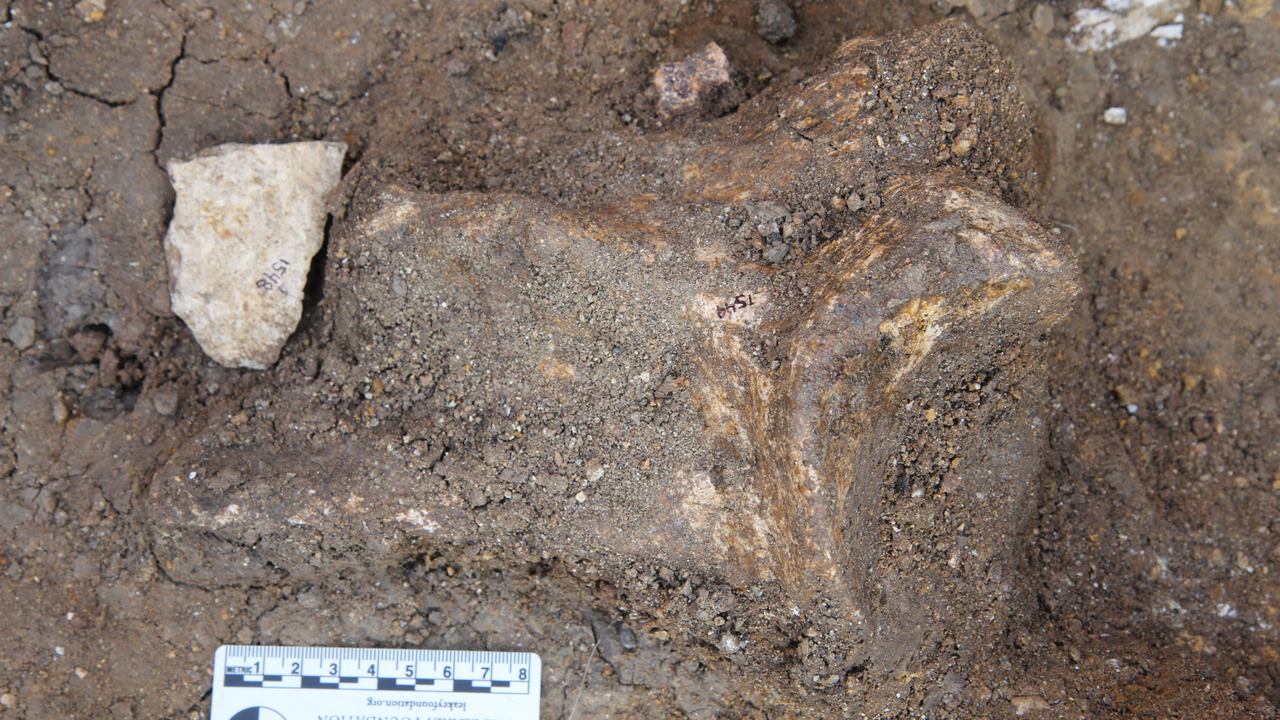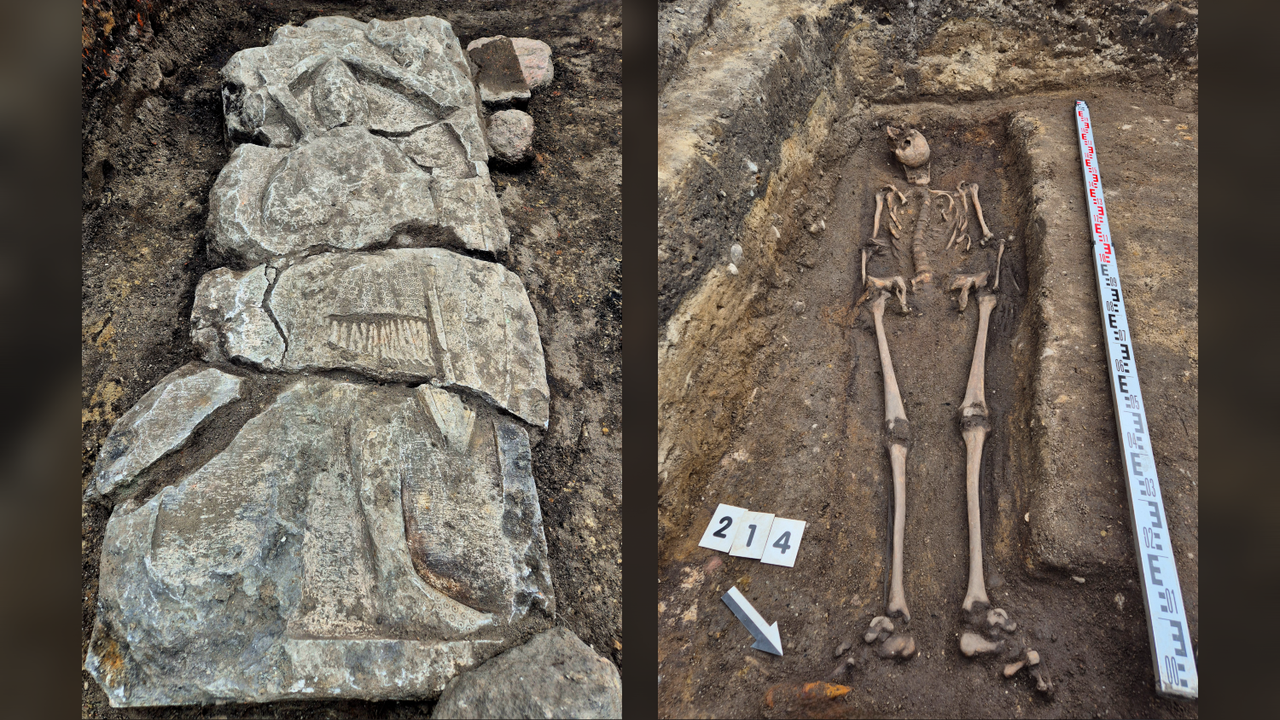Now Reading: Ancient Stone Tools Suggest Early Human Relatives Planned 600,000 Years Ahead of Believed Timeline
-
01
Ancient Stone Tools Suggest Early Human Relatives Planned 600,000 Years Ahead of Believed Timeline
Ancient Stone Tools Suggest Early Human Relatives Planned 600,000 Years Ahead of Believed Timeline

Quick Summary
- Researchers discovered 401 ancient stone tools at the nyayanga site in Kenya, dated to 3 million to 2.6 million years ago.
- These tools belong to the earliest stone tool tradition, known as Oldowan, characterized by basic flaking of stones.
- The materials used to create these tools were sourced from locations over 6 miles (9.7 km) away, showing advanced planning abilities.
- Previously, similar transportation of stone materials had only been attributed to human relatives who lived around 2 million years ago or later.
- Fossils found alongside the tools suggest that they may have been made by Paranthropus, challenging the assumption that long-distance material transport was exclusive to Homo genus ancestors.
- Study authors conclude these ancient humans showed intelligence and problem-solving skills far earlier than previously believed.
Images from Source:
!Image showing an Oldowan flake tool near butchered hippo bone
caption: An Oldowan flake tool was found near a butchered bone from a hippo relative.
!Image showing various colored stone tools
Caption: These stone tools were made from non-local materials.
Indian opinion Analysis
The finding highlights deep roots of problem-solving and innovation among early human relatives. While it primarily focuses on African archaeology, there are indirect insights for India as similar research has uncovered early evidence of Homo erectus migration into Asia, including India. This underscores India’s potential significance in understanding global patterns of early human dispersal and growth.
By demonstrating long-distance transportation capabilities for resources nearly a million years before expected timelines, this study reshapes assumptions about cognitive evolution in prehistoric humans – knowledge relevant to how modern societies interpret technological advancements over time.
Moreover,scientific exploration like this invites India with its rich archaeological landscape – spanning sites such as Bhimbetka rock shelters – to contribute data that could connect prehistoric behaviors across continents. Continued dialog with global paleoanthropology provides opportunities for enriching historical understanding worldwide.


























